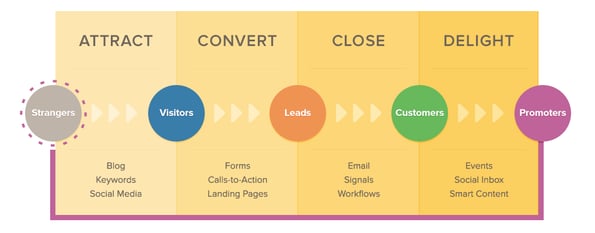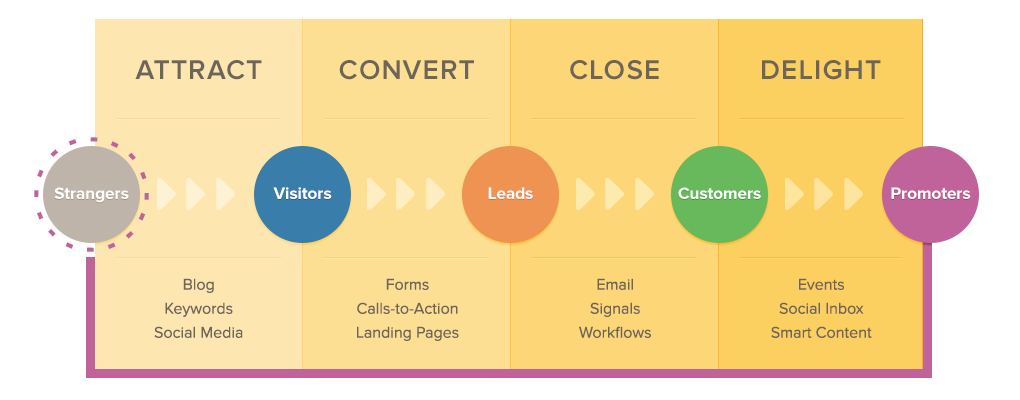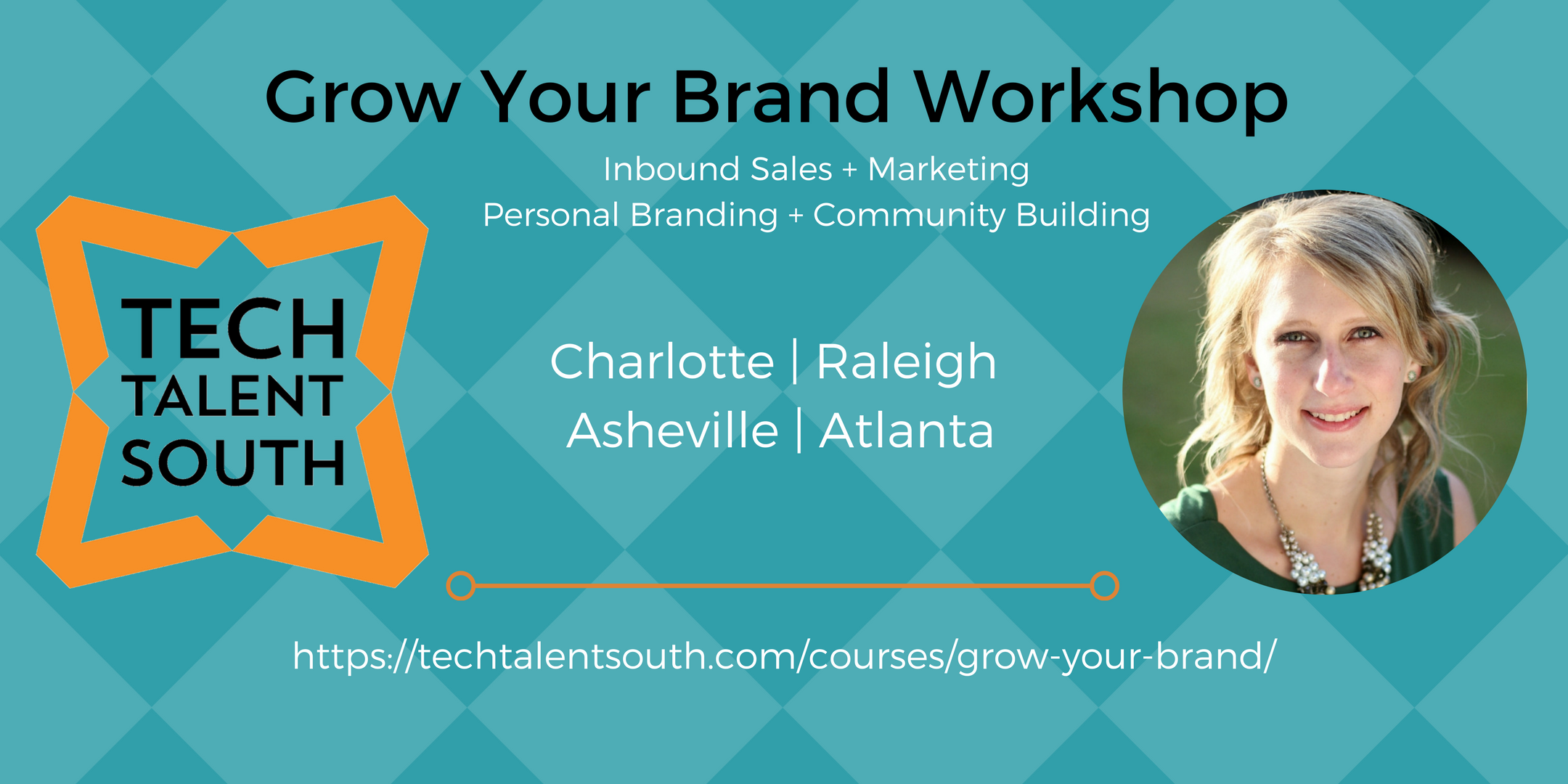Imagine you're a violin teacher. You love it. You live to give kids the chance to be creative and grow as musicians. You've got a good amount of students. You're ready to take on more, expand your studio, and give more kids the chance to express themselves through music. A couple parents have helped get the word out about your business through word-of-mouth, but it hasn't really brought many results. You need something like this video created by Basic Cable for Casey Mink to explain how awesome you are at what you do online:
This is Inbound Marketing.
Ok, but what in the world is that? According to Hubspot,
"Inbound Marketing focuses on creating quality content that pulls people toward your company and product, where they naturally want to be."
The video from Basic Cable is a perfect example of quality, authentic content that can be posted on your website/blog, shared on social media, used in email marketing, and shared on other people's website. Forget word-of-mouth, now people searching for violin lessons in the area will find this: a quality video that features the person who runs the business, what they do, and a testimonial. Rich media like this will draw your target customers to you, and make them want your services for their needs. Using video is a great way to help people identify with your personality and talents.
Whose genius idea was this?
Brian Halligan, co-founder and CEO of HubSpot, gets the credit for creating the term. Halligan worked alongside Dharmesh Shah and David Meerman Scott to develop and hone the marketing process, which features easily navigable websites, blogs with authentic content, search engine optimization, and social media sharing that draw people in and make them aware of your product or service.
How does it work?

The inbound methodology has four phases: attract, convert, close, and delight.
- Attract: This is the stage where strangers, searching for violin lessons, would come across the video and after watching it decide to go to your website.
- Convert: Once on your website, visitors will find educational or promotional offers they can receive in exchange for their contact information. Now that you are both aware of who the other is, this person becomes a lead.
- Close: Once you have their contact information you can engage with your leads, find out what their needs are, and turn them into customers.
- Delight: You can delight your customers into promoting your business. Parents of your satisfied violin students can share this video, and more of your content on social media which will open your business up to new groups of people. This starts the whole process over again.
Ok, so maybe you're not a violinist with a passion for teaching, but using the inbound methodology throughout your marketing process can work for you too.
In a nutshell...
- Know your audience.
- Create consistent content.
- Update your website for search engines and give people a reason to give you their information.
- Share relevant information on social media and engage with other people regularly.
- Use effective, tailored email marketing tactics.
- Have a solid process.
Check out this SMART Goals template, so you can stay focused throughout the inbound marketing process.























